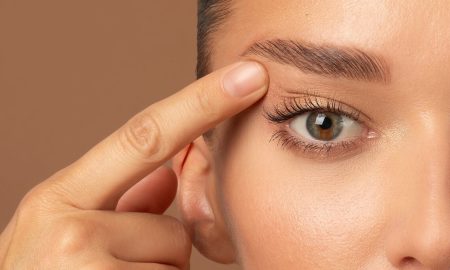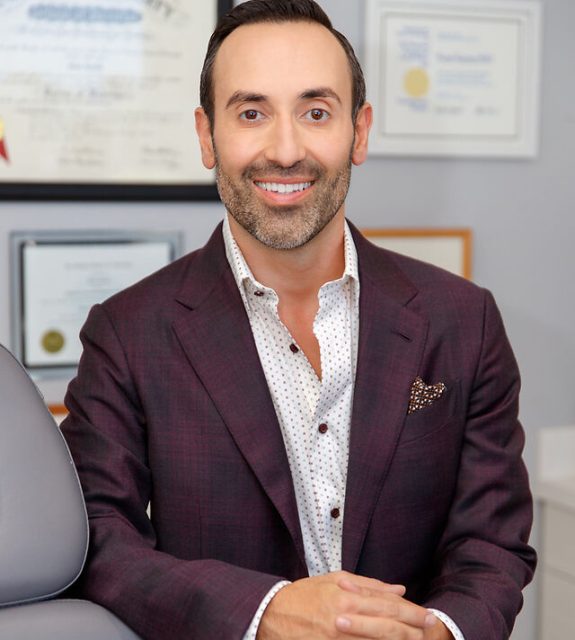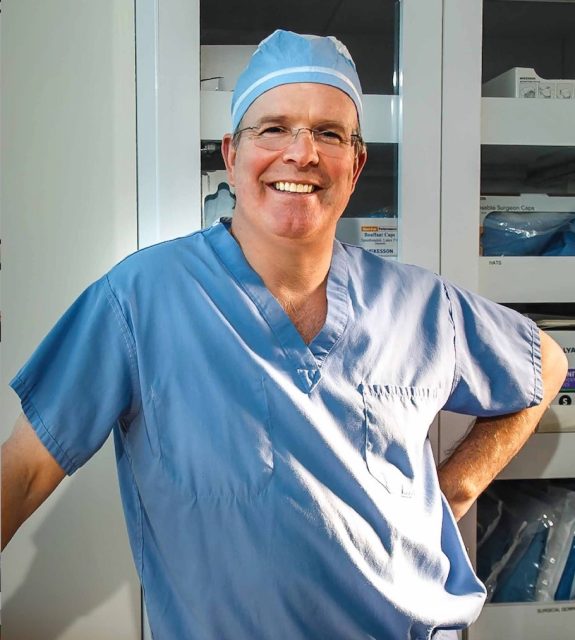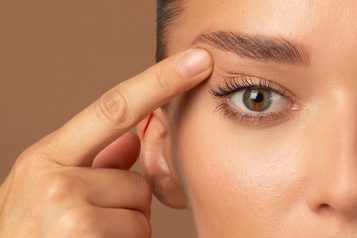
In recent years, the buccal fat removal procedure has been growing in popularity as more people seek to achieve a slimmer and more defined facial appearance. Celebrities like Chrissy Teigen, Sophie Turner, and Bella Hadid, amongst others, have the internet buzzing to achieve a slimmer, defined facial look that they have been rocking. Whether rumored or true, these celebrities have fans in a craze over the buccal fat removal procedure.
The buccal fat removal procedure is a cosmetic procedure that involves the removal of fat pads located in the cheeks, which can tend to give your face a chubby appearance. By removing these pads, patients can achieve a more sculpted and contoured look on the face. However, what is not mentioned is that often some patients may experience a loss of volume in the face after the procedure. To combat this potential issue, many plastic surgeons such as Haute Beauty expert Dr. Thomas McNemar add on a fat transfer procedure.
Here Haute Beauty sat down with Dr. McNemar to discuss the combination procedure that can provide long-lasting results and can be tailored to the individual patient’s needs and desired outcomes.
What is the goal of buccal fat removal?
The procedure creates a slenderer V-shaped face facial contour, enhances the appearance of high cheekbones, improves the definition of cheeks and jawline, and achieves a more balanced facial shape. A buccal fat removal is ideal for someone with a ‘baby face,’ that is more rounded.
Why is fat transfer a great add-on to buccal fat removal?
Double the procedure, double the results! When combining buccal fat removal and fat transfer, you are essentially taking the less aesthetically pleasing fat and transferring it to a more aesthetically pleasing area (otherwise known as fat grafting) such as the upper cheekbone. When combined with buccal fat removal, a fat transfer can help restore volume to the face and create a more balanced and youthful appearance. Additional benefits of combining the procedures include:
- Long-lasting results – because the transferred fat is living tissue, the fat can integrate into the surrounding tissues and provide a more permanent solution compared to temporary fillers.
- Natural-looking results – fat transfer uses a patient’s own fat, which results in a more natural-looking outcome compared to fillers or implants.
Fat transfer can be performed on your face (cheeks/temporal), breasts, hip dips, and buttocks. For Dr. McNemar, fat transfer is one of his favorite procedures to perform. As an aesthetic surgeon, it is like being an artist who can inject fat in a way that enhances the contour of your face to create a masterpiece.

Can buccal fat removal and fat transfer be performed at the same time?
Yes, it is possible to receive both procedures at the same time. During the procedure, Dr. McNemar will first remove the buccal fat pads from the cheeks. Then he will harvest excess fat from an area of the body, the abdomen and thighs are popular areas, and then transfer it to the desired area of the face.
How long is the recovery time?
The incisions are typically 1mm depending on your face. It is advised to use sun protection during the daytime and scar cream at nighttime to encourage a nice healing process for your final results.
To determine whether combining these procedures is the right approach for your individual needs and goals, consult with Dr. McNemar today.
For more information, visit Dr. Thomas McNemar's social media:
























